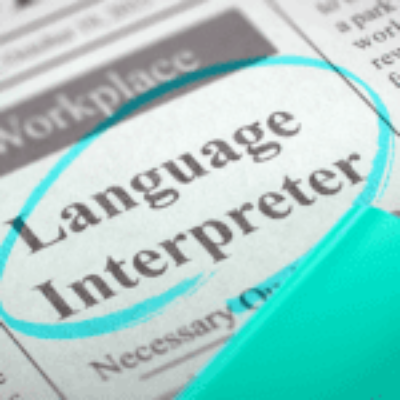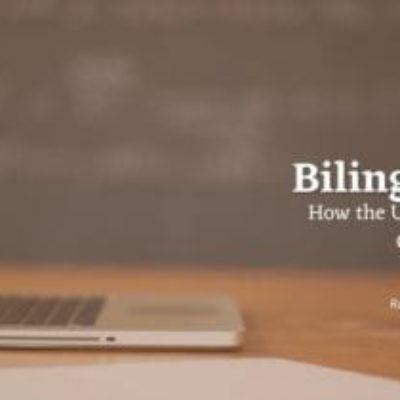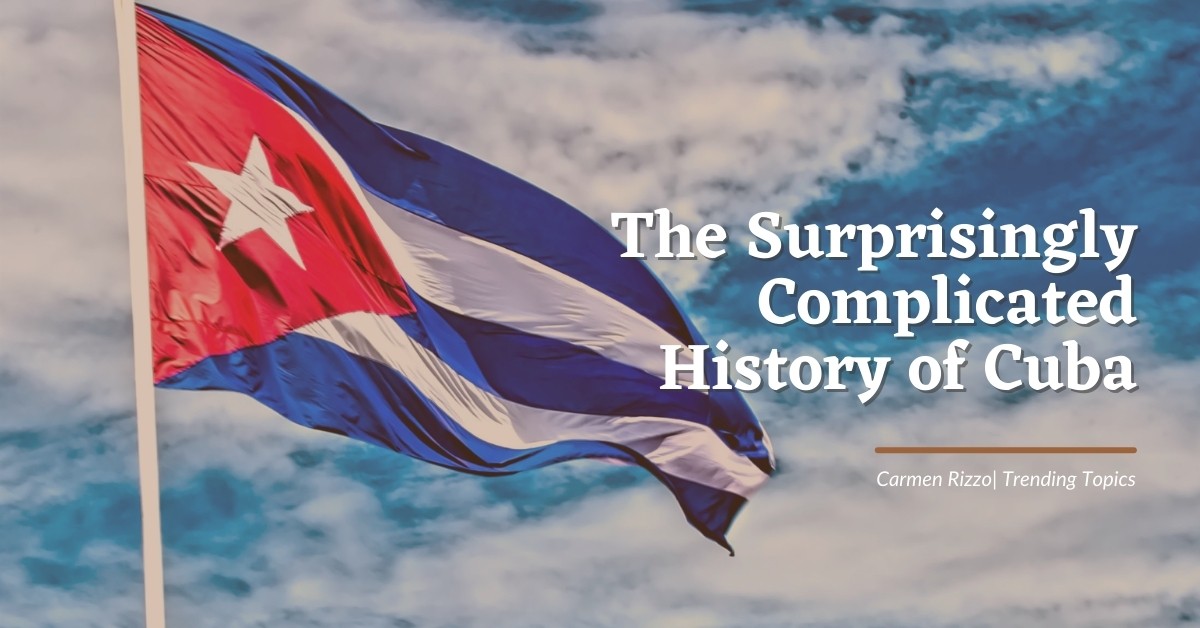
The Surprisingly Complicated History of Cuba
The history of Cuba, as well as the history of most of Latin America, is messy and complicated. You may know a little bit about Cuba—mostly what the media and the school system teach—which, in reality, is just the tip of the iceberg of its history.
Some people think the history of Cuba began the moment the Spanish “discovered” the island, but that’s really far from the truth. Cuba’s history began the moment ancient civilization moved from the American continent to the Carribean Islands and settled there.
The complications of the history of Cuba began with the Spanish conquest, followed by the oppression of the Cuban natives, and the constant international intervention on the island that fostered a dysfunctional dependence on other countries.
But Cuba’s history is not over! To understand the essence of Cuba now, it’s important to understand its history.
Cuba’s Physical Features
Cuba is a beautiful island located in the westernmost part of the insular Caribbean, which possesses more than 600 beaches on the 42,857 miles2 that conform its territory. Despite being an island, about a quarter of the Cuban territory is mountainous; its most important formations being:
- La Sierra del Escambray
- La Cordillera de Guaniguanico
- La Sierra Maestra
- La Sierra de Turquino.
The rest of the Cuban territory is made of sprawling, flat plains.
Most of Cuba’s soil is fertile so it is perfect for growing sugar cane, coffee, tobacco and all kinds of fruits and vegetables that grow in tropical weather.
In Cuba the presence of natural and artificial reservoirs is notable, and the caves formed by limestone are amazing for tourism. It also poses a river network conformed by short rivers with low flow. Also, Cuba has excellent and abundant natural ports, like those of La Habana and Cienfuegos.
To learn more about Cuba and about what all the Island has to offer, visit the Cuba’s Tourism Portal.
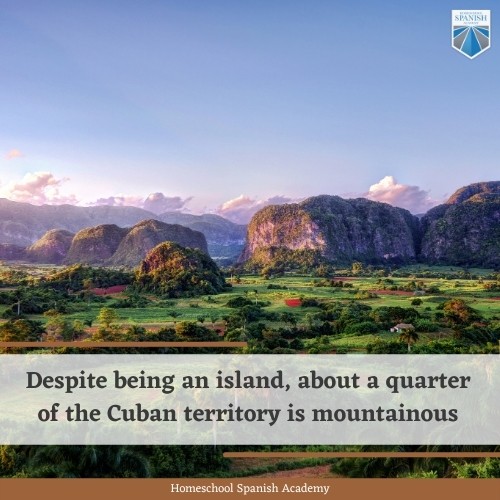
The History of Cuba
The history of Cuba divides into four periods:
- The Pre-Columbian period
- The Colonial period (1492-1898)
- The Cuba Libre or Neocolonial Republic period (1902-1958)
- The Revolution in Power period (1958- Present )
Pre-Columbian Period
Information about the natives during this period of the history of Cuba came from the “Chronicles of India,” a series of records the Spanish wrote during their time in what they called “Las Indias,” a wrong name for the newly-discovered America.
Fray Bartolomé de las Casas categorized three native groups:
- The Guanahatabey
- The Ciboney
- The Taíno
Thanks to aboriginal remains found in Cuba, there is more detailed information about the different inhabitants of the island before the Spanish arrived.
The Guanahatabey
The Guanahatabey natives settled on the southwest of Cuba and on Isla del Pino. In these regions, the mollusk, crustaceans, and birds were abundant. There are archeological and historical studies that suggest that the Guanahatabeyes natives were archaic hunter-gatherers, with their own language and culture, who learned to make instruments from shells. Historians consider them “a relic” of an earlier culture before the Taino became prominent in the Caribbean.
The Ciboney
The Ciboney,or Siboney, were a western Taino group living in central Cuba during the 15th and 16th centuries. They had a different culture and language than the classic Taino. At the moment of colonization, the Ciboney were the most populous group in Cuba, but slowly decreased in numbers after colonization, which provoked a diaspora of the Taino to other parts of the island.
The Ciboney were hunters and fishers, but also collectors. For a while, scholars confused their group with another branch of the Guanahatabey due to a misreading of historical records and the lack of pottery on settlements in Guanahatabey territory, but in the 1980s, historians recognized the error and restored the name Ciboney to describe those natives that inhabited west and central Cuba.
The Taíno
The Taíno were indigenous people around all the Caribbean and became the most prominent inhabitants on several islands. They were also the first natives encountered by Christopher Columbus and his crew when they “discovered” America. Historians classify Taíno as a neolithic group of farmers who made objects, tools, and pottery. They used polished shells and stones as their main tools. They made their different-shaped Taíno homes with wood and guano—a natural manure composed by excrement of seabirds.
The Colonial Period (1492-1898)
This period of colonization within the history of Cuba is a common experience shared by the majority of Latin America.
On October 28, 1492, Christopher Columbus and his crew landed on the Island of Cuba, claiming it for the new Kingdom of Spain and naming it Isla Juana (Juana Island).
During the time of the conquest, several groups of natives were decimated, and those who survived were captured by the Spaniards as slaves. Hatuey was a chief of a group of natives that escaped La Española (La Hispaniola), another Island conquered by the Spanish, and he alerted Cuban natives about the cruelty of the Spaniards.
Hatuey led a small group of 300 men to resist the Spanish, but they were easily defeated in the face of the advanced arms and tactics the conquerors had. Hatuey was one of many chiefs who were captured and ended by the Spaniards as they mercilessly conquered the island and its people.
The First Spanish Settlement (1511)
The first Spanish settlement in Cuba was founded in 1511, followed by several others throughout the Island. The Taíno natives were forced to work for the Spaniards under the encomienda system—a Spanish labor system that rewarded conquerors with “laborers” of conquered non-Christian people (such as Moors and American natives).
The invaders practically wiped out the natives of Cuba during the first century of Spanish colonization. This was in part due to several Euroasian infectious diseases that spread quickly through the population with little natural immunity to new diseases and poor physical health resulting from harsh living conditions of colonial subjugation.
Introduction of African Slaves (1512)
In 1512, the King of Spain authorized the use of African slaves on Spanish settlements on account of their superior strength and performance compared to the natives. Settlers forced black slaves to undertake several development projects—in fact, by 1555, there were more than 700 African slaves on Cuban territory.
During that time of slavery and forced labor, natives and Africans constantly sought new ways to regain their freedom. Several uprisings by native groups shaked the Spaniards’ sense of security, but during that time, the only real way to freedom was to escape. African slaves and encomendados—natives forced to work for the Spanish—who successfully ran away had to slip deep into the Cuban mountains to be free. Those who escaped became known as cimarrones, originating from the word cima, meaning “summit” or “peak.” Similarly, the act of escaping was known as cimarronaje.
Sugar Cane and Tobacco Economy (1740)
During the 18th century, Cuba’s economic activity grew by means of the sugar cane and tobacco plantations. As a result of its continued success, in 1740 the Real Compañía de Comercio de La Habana (The Royal Company of Commerce of La Havana) emerged and took control over the production of sugar and tobacco as well as the metropolitan areas.
Temporary British Occupation (1754)
In 1754, the Seven Year War between England and France erupted. Because Spain was a French ally, it was heavily targeted by England, who sent thousands of troops to seize Cuba in 1762. The British occupation lasted 11 months, and after negotiations between the Spanish crown and England that gave the British the peninsula of La Florida, Cuba was returned to Spanish rule.
During the 1820s, while the rest of Spanish colonies began their fight for independence, Cuba remained loyal to Spain for financial reasons.
Cuba’s Fight for Independence from Spain (1868)
Almost 50 years later, in 1868, Carlos Manuel de Céspedes, a sugar plantation owner, set free his slaves so they would fight with him for Cuban independence. He also issued a decree to condemn slavery and to declare free any slaves whose master presented them for military service.
This rebellion led to the Ten Years War, in which Puerto Ricans, Dominicans, Mexicans, North Americans, and even Chinese servants in Cuba fought for independence. The conflict ended in 1878 by El pácto de Zajón (Pact of Zajón) where Spain promised Cuba more liberties.
Not satisfied with the resolution, a man called Calixto García tried to promote another war, but failed to receive enough support. That event is known as La Guerra Chiquita, or Small War, because it lasted for roughly a year.
In 1892 an exile dissident named José Martí founded in New York the Cuban Revolutionary Party, with the mission to achieve Cuban independence from Spain. He wrote the “Manifesto de Montecristi,” and joined another revolutionary, Máximo Gómez, from Dominican Republic to begin the fight against the Spanish. Martí arrived to Cuban territory two months after the battle began, but was killed during La batalla de Dos Rios (Battle of Dos Rios). He was immortalized as a Cuban national hero.
Spain retaliated with a campaign of suppression, which led to the death of more than 200,000 Cuban civilians as a result of starvation and disease in fortified towns, known as reconcentrados, which were ultimately recognized as the “prototype” of concentration camps.
Spanish-American War (1898)
In April of 1898, the United States and Spain declared war on each other after the explosion of a North American ship in La Havana harbor. This war is known as the Spanish-American War. The conflict ended on July 16 of 1898 after North American soldiers and Cubans led a brutal siege against the Spanish, defeating them and causing them to retreat.
The following three years after the defeat of Spain, the United States Armies stayed in Cuban territory, finally accepting to retreat in 1901 if Cuba agreed to fulfill seven specific conditions in favor of the U.S.—this agreement is called the Platt Amendment, which promoted U.S dominance over Cuba.
Cuban-American Treaty of Relations (1903)
In 1903, Cuba entered the Cuban-American Treaty of Relations with seven pledges—of which, three were to allow the U.S government to intervene unilaterally on Cuban affairs, and to release land to the United States for naval bases on the island.
Later, in 1906, this treaty was used as an excuse for a United States second occupation.
Cuba Libre or Neocolonial Period (1902-1959)
The third period in the history of Cuba is the neocolonial period, or Cuba Libre (Free Cuba), as the exiles refer to it.
U.S Occupation (1906-1908)
Tomás Estrada Palma was elected the first President of Cuba, under allegations of corruption and a rigged election. During his time, Palma arrested liberal politicians for fear of an insurrection, which caused discontent among the people and provoked the United States to intervene by sending two representative mediators between Palma’s government and the opposition.
Palma understood the impartial mediators as an attempt to censure his government and he resigned the presidency. The United States took control of the island, proclaiming they were compelled to intervene and claiming their only interest was to create the necessary conditions for a peaceful election. It wasn’t until 1908 when those conditions were met, and José Miguel Gómez was elected president. Meanwhile the United States continued to intervene in Cuban affairs.
Cuba’s Growth During the 1910s (1908-1924)
During the 1910s, Cuba experienced an economic boom due to World War I and the subsequent drop in the world’s sugar supply. Prosperity was cut short by the market crash of the 1920s. This ruined Cuba’s financial stability and allowed foreign investors to gain more power. This economic turbulence was called La danza de los millones (Dance of the Millions).
The Machado Era (1924-1933)
In 1924, Gerardo Machado was elected president and during his time in the administration, there was a marked increase in tourism, resulting in a heavy investment from U.S hotels and restaurant owners on the island to accommodate the influx of tourists. Unfortunately, the increase in tourism provoked an escalation in debauchery and depraved activities among the visitors, damaging the health and well-being of the overall population. Machado’s popularity decreased heavily during the last years of his management, and despite having promised to serve only one period, in 1928 he held an election to give himself another presidential term.
Following the Wall Street Crash in 1929, the price of sugar decreased, and led Cuba to political unrest and repression. A group of student protestors, now known as La generación de 1930 (Generation of 1930), along with a terrorist group known as ABC, turned to violence as a means of opposition against Machado’s government.
The 1933 Revolution and the following years
In 1933, a general strike, uprisings among the sugar cane workers, and an army revolt forced Machado to exile. He was replaced by Carlos Manuel de Céspedes y Quesada, who was quickly overthrown on what is now known as La revuelta de los sargentos (Sergeant’s Revolt) led by Sergeant Fulgencio Batista. During 1933 to 1937, Cuba lived through a period of political unrest, with presidents gaining power and losing it within less than a year, and a constant disapproval of the people.
The Batista Dictatorship
In 1940, Cuba adopted a new constitution. It presented radical ideas, like the right to labor and health care. During this time, Batista was elected president and held the position until 1944. Batista’s government promoted several major social reforms and many members of the Communist Party held office during his administration. In 1952, 8 years after he had left his presidential position, Batista staged a coup and regained power of the Cuban government, which was supported by the United States.
Batista aligned with the wealthiest landowners, distancing the gap between the rich and the poor to an excessive extreme. Almost 70% of arable land for sugar cane plantations were in U.S and foreigner hands. On top of that, Batista sided with the mafias that controlled depraved activities in La Havana.
The obvious discontentment of the people provoked Batista to censor the media, as he set out on a campaign to torture and execute those who opposed him.
The Revolution in Power Period (1958-Present)
The history of Cuba was heavily impacted by its dependence on other countries and systems for monetary and control reasons. After their dependence on Spain, they became dependent on the United States. The unfortunate truth was that when it seemed like Cuba was in a position of achieving real freedom and independence, those who were supposed to protect the Cuban interests were the first to betray it.
To say that people were upset with Batista is an understatement. Political unrest was evident, and by the late 1950s the Cuban people were fed up with his dictatorship. During this time of the history of Cuba, Fidel Castro, a young lawyer and activist, petitioned to overthrow Batista in 1954, but his arguments were rejected by Cuban courts. After understanding that the regime would not end through legal means, Fidel Castro and his brother Raul founded a paramilitary organization called El Movimiento (The Movement). They stockpiled weapons and recruited around 1,200 followers in La Havana in 1952.
Attack on Moncada Barracks, Castro’s imprisonment and emmigration (1953-1956)
Fidel Castro and his followers attacked on the 26th of July of 1953. This attempt at “sparking” a national revolt against Batista’s government was an utter failure and Castro had to flee to the mountains. Several of Castro’s followers were captured and killed on that occasion, including his second in command, who was tortured and killed the same day of the attack.
Castro was later captured and prosecuted, and because he was a lawyer, he defended himself. At the end of his four-hour speech, Castro ended with this iconic phrase:
Condenadme, no importa, la historia me absolverá.
Condemn me, it doesn’t matter, history will absolve me.
He was condemned to 15 years in prison, while Raul was condemned to 13 years. However, in 1955, during a failed attempt from Batista to ingratiate himself with the Cuban people, the Castro brothers were liberated.
They immediately fled to Mexico, where they met another man who would become an important figure to the Cuban Revolution: Dr. Ernesto “Ché” Guevara.
The Castro brothers and Guevara named themselves El Movimiento del 26 de Julio (26th of July Movement) or M-26-7 for short, and helped on Batista’s amnesty, which is an official pardon for people who have been convicted of political offences, like Batista. Castro’s group of guerrillas stayed in Mexico to prepare for battle, while the unrest in Cuba continued to grow, and other groups began to orchestrate attacks.
Cuban Revolution (1956-1959)
On November 25 of 1956, Castro, his brother, Guevara, Camilo Cienfuegos, and another 78 people boarded a yacht named Ganma from Veracruz to disembark on Las Playas Coloradas. Because the yacht was heavily loaded, it was delayed and the coordinated attack they had planned was canceled. Castro and his followers made their way to the mountains, where Batista’s people were hiding in wait, and killed most of Castro’s group.
Still, Castro and his closest collaborators survived and reconvened in the mountains, and with the help of peasant sympathizers, they formed the core of the guerrilla army. A number of female revolutionaries, like Celia Sanchez and Haydée Santamaría, aided Castro during the revolution.
Castro led several attacks during 1957, causing even more instability to Batista’s fragile government, and gained the Cuban people’s admiration for the revolutionaries. On the other hand, the United States sided with Batista and supplied him with several arms, including napalm, to help defend the island. Still, the U.S support for Batista’s regime decreased and his own supporters began to join the Revolutionaries or simply distanced themselves from him.
It wasn´t until January 1, 1959, during the chaos of La Batalla de Santa Clara (Battle of Santa Clara), that Batista fled Cuba. When Fidel Castro learned about it, he began negotiations to take over Santiago de Cuba, and was able to do it without a fight. Guevara and Cienfuegos entered La Havana at the same time and without resistance. Castro entered La Havana on January 8, 1959 after a long victory march.
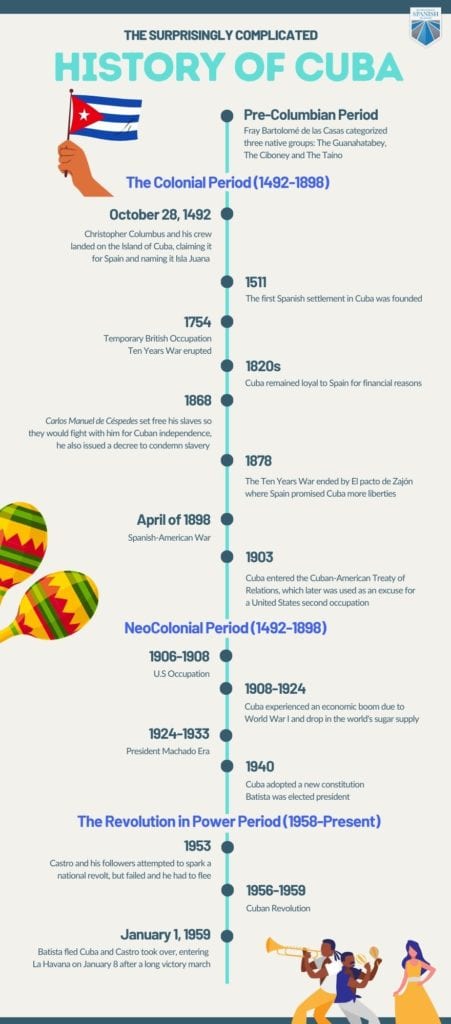
The aftermath of the Cuban Revolution (1959-Present)
The Cuban revolution was a crucial turning point on Cuban-U.S relationships. The United States, although recognizing Castro’s government at the beginning, was worried about the “communist insurgencies” that would spread through all Latin America. On the other hand, Castro’s government resented the U.S for the aid they gave Batista during the Revolution.
Castro’s government nationalized all U.S property on Cuba, which severed all diplomatic ties with the United States, and provoked the U.S. to freeze all Cuban assets on American soil and tighten its embargo on Cuba. The U.S., under President JFK, also supported an armed counterrevolutionary attack on La Bahía de Cochinos (Bay of Pigs) but it was a futile attempt to regain control.
While severing relations with the United States, Cuba began gaining support from the Soviet Union, which provided much needed economic help even when the USSR wasn’t completely sure the effort of supporting Cuba would be fruitful for communism or their interests.
The Castro regime promoted a series of reforms, investing large sums of money in schools, hospitals, healthcare, and literacy programs. The infant mortality rate decreased and life expectancy increased.
However, after the USSR dissolved, Cuba was left without support, and the problems began.
Without the URSS economic support, and with the constant U.S embargo— this is also known as el bloqueo (the blokade) by Cubans, and is a measure that prevents United States business and even their subsidiaries to make business with Cuba — the island was left to fend on its own. These were the most difficult times for the Cubans, with strict food rations and an increase of poverty. This led Cubans to escape to the United States, specially Miami, and other Latin American countries.
Today, Cuba is a world leader in literacy, healthcare and education. The island’s education is free at all levels, which led them to form amazing STEM professionals who sadly can’t work on the island because of a shortage of positions. For that reason, through all Latin America you can encounter Cuban professionals exercising their professions.
The history of Cuba is a complicated one, and like the rest of Latin America, Cuba was never completely free of Imperialism—first exerted by the Spaniards, then the United States, and lastly by the USSR. Still, Cuba is an example of a country that doesn’t give up and finds the strength to advance and evolve.
Valuable Lessons from the Past
Knowing a country’s history is an amazing way to honor and respect that place and its people, while we learn valuable lessons from the past. What do you think about the history of Cuba? Leave a comment below and tell me about what you think. Let’s start a conversation!
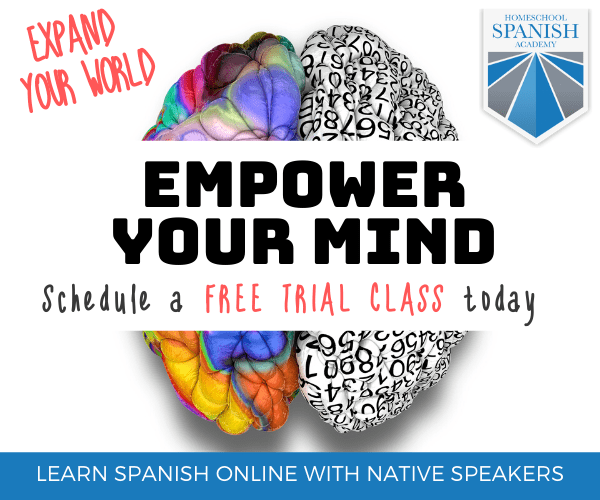
Want to learn more about Latin American culture and history? Check out our latest posts!
- The Best Spanish Learning Podcasts for Kids
- 12 Contemporary Spanish Female Artists Who Will Empower You
- The History and Significance of Guatemalan Jade
- Are Bilingual Children More Likely to Experience a Speech or Language Delay?
- Top 10 Places to Visit in Guatemala City, Guatemala
- Learn About Hispanic History: Were Hispanics Slaves?
- Celebrating Culture and Joy: The Magic of Carnival in Spanish-Speaking Countries
- 15 Mouth-Watering National Dishes of Latin America
- An Easy Vocabulary Guide to Describe the Post Office in Spanish - February 10, 2023
- Guatemala’s Biggest, Most Colorful Market: Chichicastenango - December 28, 2022
- 8 Sad Spanish Songs for When Your Heart Is Broken - December 6, 2022

